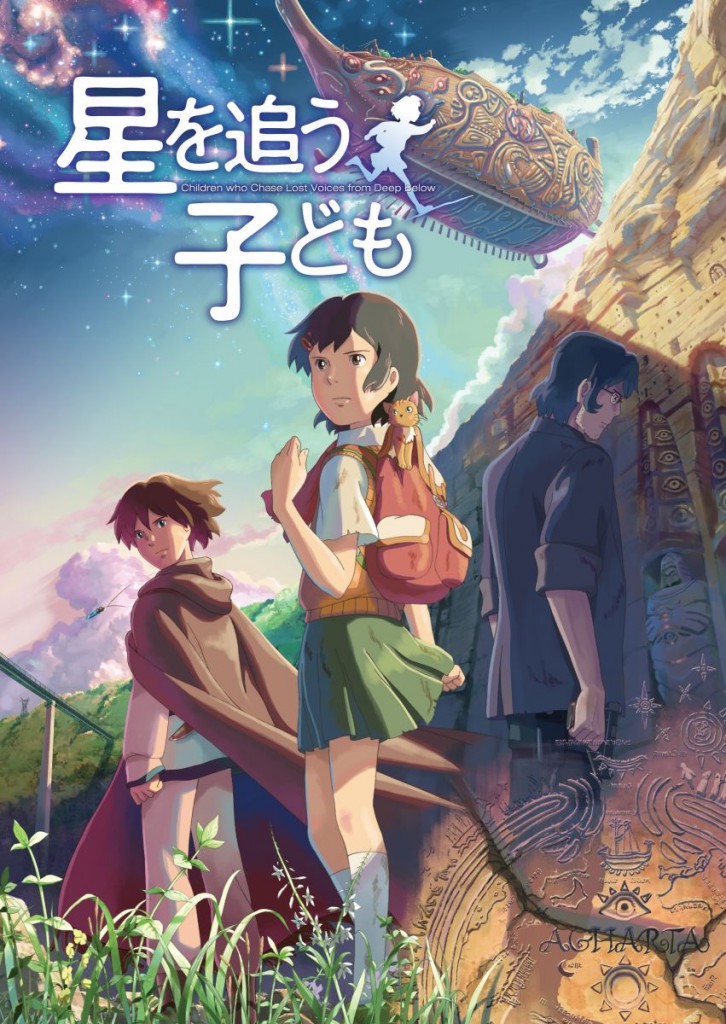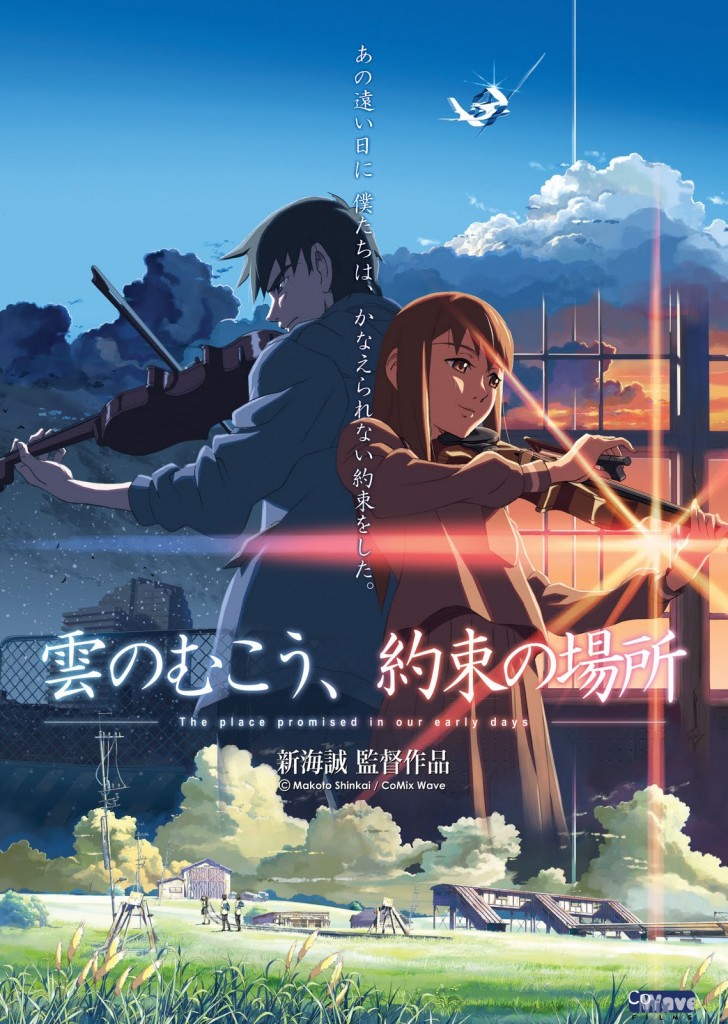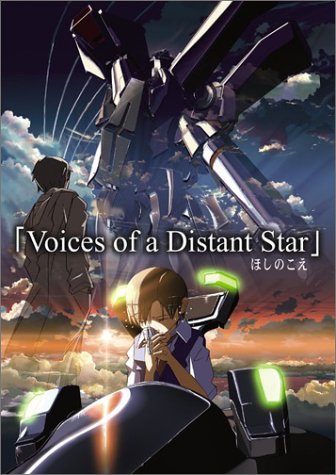I’ve never made any pretenses about what my favorite manga is. And no one else has ever made any pretenses about the fact that there are only maybe ten people in the US who read it.

It's this one, for those keeping score.
Excel Saga is a black comedy about relatively normal people who unwittingly become involved in a low-impact battle for world city domination. It features absolutely no cutesy aliens or reset button shenanigans, and relies more on wry wit than silly slapstick for humor. More likely to delve into socio-political satire than loudly spew random references to obscure anime, this manga defies expectations by being, well, intelligent. More often than not, it can be seen as high comedy, with jokes that are actually quite subtle and layered compared to what one might expect from glancing at the colorful costumes or watching JC Staff’s 1999 anime “adaptation”. In fact, only a couple of episodes from the famously zany anime even vaguely resemble the manga in anything other than character names and basic art design.
That anime built up expectations for Viz’s initial 2003 release of the manga… and thus was the death of Excel Saga‘s English-speaking fanbase. Many people who’d love the manga probably hated the anime (so they never read it), and many people who loved the anime probably hated the manga (so they dropped it early on). Meanwhile, author Rikdo Koshi’s high-level writing style resulted in subpar, unfunny scanlations of only the earliest volumes, invariably causing those who’d rather try before they buy to opt out on purchasing Excel Saga. The manga was DOA in non-Japanese territories simply because it didn’t have an audience.
The gears grinded even further to a halt when two crucial installments, books 7 and 8, went out of print. Because very few libraries actually stocked volumes of Excel Saga, scans were basically nonexistent, and these particular installments went for $50+ at internet storefronts, this prevented many potential fans who missed out on the anime’s hype train from getting into the series at all. They’ve finally resurfaced as digital copies on Viz’s online manga outlet, but that was only after more than five years passed in which the market for new releases of Excel Saga was open almost exclusively to existing fans. This coupled with a new release schedule entailing only one volume per year ensured the fanbase’s stagnation and eventual placement on life support. However, all of the aforementioned factors most likely mean that Viz was losing money every time they released a new Excel Saga book, so they’re to be commended for never dropping the series in the first place.

Speaking of Viz, their localization of Excel Saga is absolutely brilliant, to the point where I couldn’t imagine reading anyone else’s translation. Rarely can this be said about any product released by a major distribution company, but it truly reads like a labor of love. So much care and effort is put into each and every line of dialogue – especially in later volumes – that I wouldn’t be surprised if the translation team was actually just Rikdo in disguise. The skillful English localization ensures that the humor almost never misses a beat, and showcases the excellent writing talent of both the original author and the guys/gals at Viz.
While the surprisingly complex science fiction storyline and still relevant, culture-defying satire serve as a nice backdrop for Excel Saga‘s humor, the characters and their relationships are the true heart of this series. Unlike many manga these days, the cast consists almost entirely of adults, each of them highly flawed, but all of them extremely endearing. Every character is unique, and receives an impressive amount of development over the course of Excel Saga’s 15 year run. While a lesser writer would struggle to make these people come across as relatable in spite of their quirks, Rikdo seems to pull this off almost effortlessly.
As a basic example, take Iwata; he has terrible luck and isn’t very smart, but everything about him is just so earnest. His unflinching optimism and determination are not only respectable, they’re downright loveable. In any other manga, he’d be the butt of every joke, receiving constant abuse for daring to speak his mind. But aside from a few situations that might actually be intended to parody such stereotypical slapstick, he’s mostly just portrayed as one of the guys. Or, how about Elgala; she comes from a family of wealth, thinks too highly of herself, and often speaks her innermost thoughts aloud. So obviously you’re supposed to hate her, right? Wrong. There are many occasions where she does nice things for others with no personal gain, and under it all, it really seems that she’s just a little insecure because she desperately wants to be liked. For the most part, she’s portrayed as good-natured but socially maladjusted rather than obnoxious and mean-spirited. In turn, her banter with Excel is frequently loaded with genuine wit and good humor, making them a hilarious comedic duo on par with many of fiction’s best.
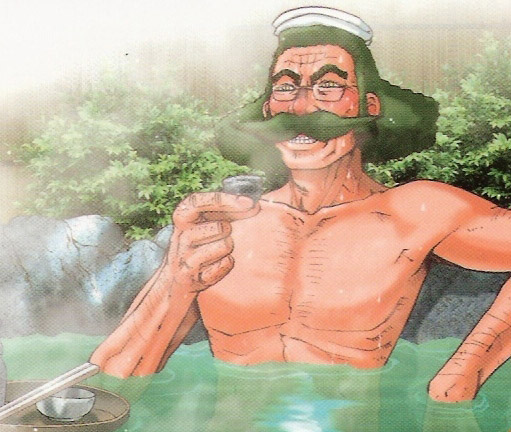
In spite of having a title character, Excel Saga doesn’t solely focus on one person or group of people. It’s an ensemble cast through and through, and there are many chapters in which Excel doesn’t even appear at all. While some have complained about the slow pacing of the story, I consider the plot little more than an excuse for these characters to exist and have meaningful interactions with each other. The leisurely pace allows for more development and more banter: the meat and potatoes of this series. You’ll grow attached to nearly every cast member, and Rikdo seems to understand how to avoid overusing any single one of them.
Another high point of this manga is how it treats its female characters. Now sure, it has its fair share of sexed-up fanservice shots in the latter half of the story, but the women in Excel Saga are portrayed as strong, intelligent (relatively speaking, of course), independent, and often more capable than the men. It does this without resorting to making the male characters utterly useless emotion buckets (as in, say, Mirai Nikki), and comes across as a natural portrayal of human beings, regardless of perceived notions about sex and gender. It’s ironic that one of the few manga to actually do this properly is a comedy written by a dude who got his start doing porn, while many of the more serious and dramatic series out there continue to fall prey to the same insulting tropes and stereotypes.
Most importantly, Rikdo never forgets to make his characters fun to read about. Excel is instantly likeable as a protagonist – her self-motivation, strong work ethic, and crazy imagination all come together to create someone who can make readers laugh, but still want to root for. There’s also Dr. Kabapu, a man both highly corrupt and equally well-meaning, the lovelorn Watanabe, whose portrayal is disturbingly realistic in spite of its absurdism, Professor Shiouji (pedophilia jokes have never been more tasteful or hilarious), and many more. Overall, the characters in Excel Saga rarely seem two-dimensional, and in spite of their flaws, it feels like you’re mostly reading about legitimately good people. Because of this, laughs don’t ever seem forced or uncomfortable, even given Excel Saga‘s penchant for dark humor.
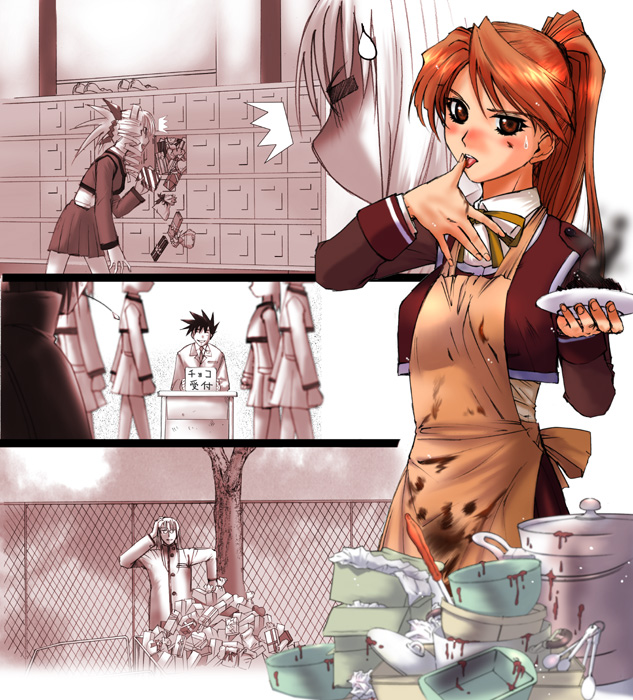
There are lots of words in Excel Saga. Indeed, the dialogue usually takes up just as much of any given page as the art; however, it’s rarely expository, nor does it imply that Rikdo needs an editor or wants to write a novel. Much of the humor in this manga is conveyed through dialogue, and the characters are very chatty. The large amount of dialogue is – honestly – welcome since it’s so well written, but Fukuoka’s inhabitants aren’t just talking to hear themselves talk; a reason for the long-winded conversations is almost always evident. And it’s a win/win scenario regardless: more dialogue = more humor + more character development = better humor + better characters. I’m not sure that equation is mathematically sound, but I passed algebra with a C-, so it doesn’t matter. Eventually, you’ll learn to differentiate between the cast members based on the way they speak alone – each person has their own distinct voice, as in real life.
One of my favorite things about this series (and any great comedy, really) is that the characters don’t realize how what they’re doing and saying is funny. For instance, when Excel comes up with crazy conspiracy theories, she does it with a straight face, truly believing that ridiculous Illuminati garble makes more sense than the notion that she could have brought something negative upon herself. Too often writers fall into the trap of letting their characters in on the joke, which almost always severely reduces the effect of the humor. And while the dialogue is witty to a fault, it never feels like it’s trying too hard to be “smart”, it flows very naturally throughout. It’s difficult to explain, but Rikdo just understands the inner workings of comedy. The timing is always spot on, and every volume contains at least a few very subtle jokes that require multiple passes to grasp – a little reward for the dedicated reader.
As for the art, it starts out fairly basic, but the later volumes are very nice to look at. The progression from the first book to the final one is almost seamless when you’re reading it, but it’s changed and developed a lot since 1996. As of today, Rikdo’s style is awesome and unmistakeable, seemingly taking heavy inspiration from both eastern and western comics/cartoons. He also draws some of the best facial expressions I’ve ever seen; sometimes the artwork makes me laugh even harder than the dialogue.
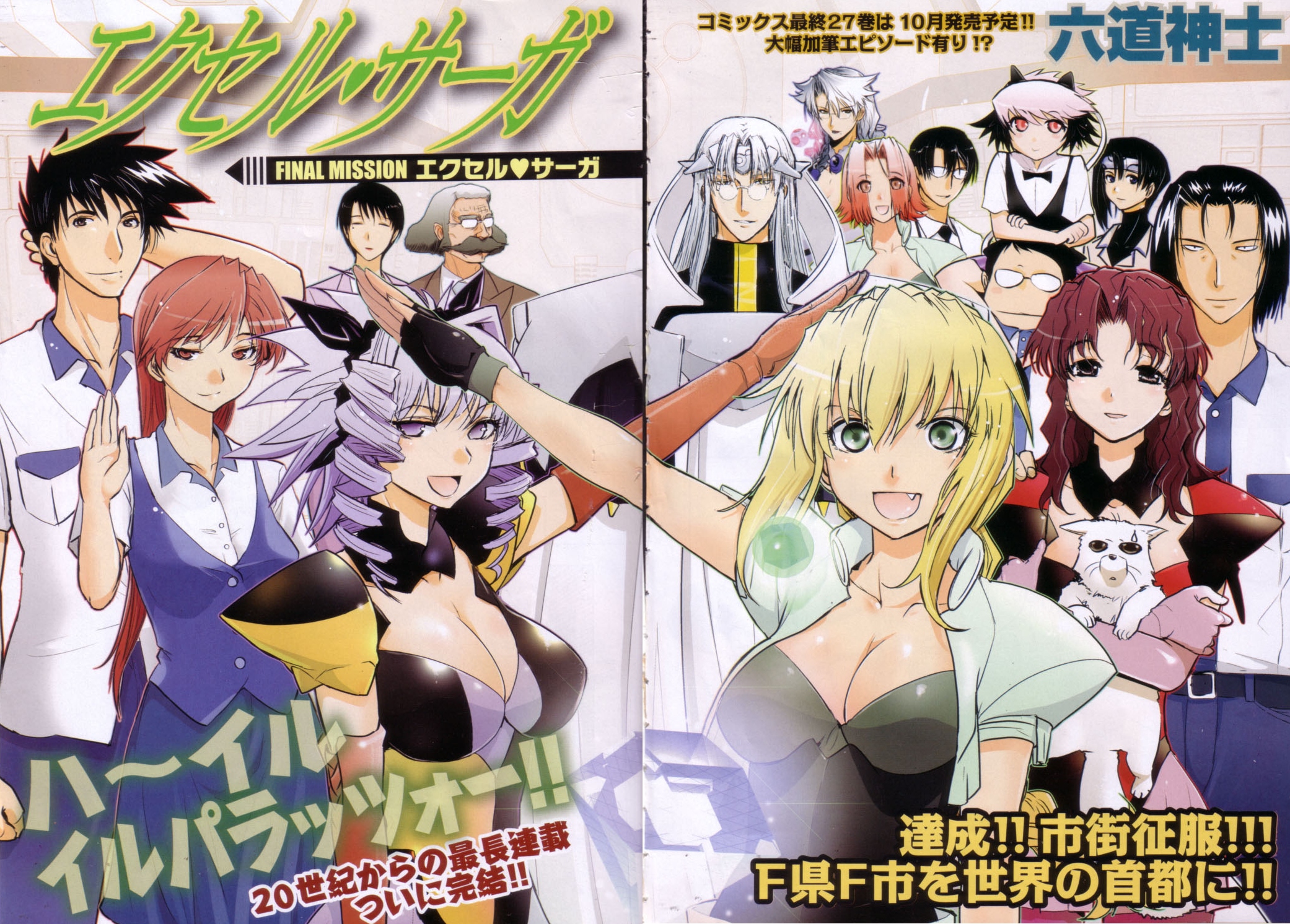
<click picture for free desktop wallpaper>
Admittedly, Excel Saga is a slow burn, so not all of this is evident from the get-go. The first chapter in particular is a poor indicator of the excellence to come, meaning the free sample provided on Viz’s digital manga service may, unfortunately, do more to drive people away from the series than draw them to it. It’s not until a few volumes in (#5 for most people) that you’re likely to get hooked, but if you’re like me, you certainly will. That said, the first couple of books are actually much funnier after you’ve read the later ones, so while they may seem a bit slow or ordinary the first time through, they’re quite good in hindsight.
Excel Saga is hilarious, attractive, and unique. It has all the makings of a comic that could be – and should be – hugely popular, but it’s doomed to wallow in obscurity forever because of the circumstances surrounding its release outside of Japan. Sure, the story can be unintelligible at times if you aren’t willing to re-read previous volumes before jumping into the newest one, and the humor does fall flat on the rare occasion that it delves into more stereotypical gag manga territory, but it’s something I wish everyone would read, and I know no one does.
———
You can buy digital copies of volumes 1-19 (as of the time of this writing) here: http://www.vizmanga.com/excel-saga (woo, third time linking this!)
Volumes 1-24 also exist in print, though good luck finding a copy of 7 or 8 that isn’t overpriced.
Volume 25 will be released on April 9th, presumably both print and digital.
EDIT: It seems that Viz may have decided to drop the license for Excel Saga immediately after releasing the 27th and final volume. Because of this, the digital releases can no longer be purchased from Viz Manga, and the series is now difficult to get into once again.
